How to Detect Fakes When Buying Art?
When it comes to collecting art, being able to spot fakes is crucial. It not only preserves the integrity of the art market but also shields you from potential financial loss and reputational damage. It's a horrible feeling when you purchase a piece you thought was authentic and then not only take a big financial hit, but also a hit to your pride and knowledge when realizing you been duped. One phrase to look out for is "in the manner of," which basically means that it looks like this artist but really isn't to be blunt and worded differently. Also if a piece is signed Picasso, it doesn't necessarily mean its authentic and by Pablo Picasso. The seller may not be aware who made the artwork but it happens to be signed Picasso and just stating the fact.
Before making a purchase, delve into the artist's and seller's background and reputation. Additionally, always trace the ownership history and ensure the artwork comes with proper documentation. Establishing a history of ownership is of utmost importance.
Spotting fake art involves identifying authentic materials and signatures. Evaluate the craftsmanship and consistency in the piece to determine its legitimacy. Certain websites, for a fee have many signatures thought to be by original artists. These can be much help, but researching can be done for free as well online by comparing photos. See if reputable art houses have sold pieces like yours in the past and compare your signature to those. If an artist just uses watercolors and now all of a sudden this signed piece is an oil or vice versa, be wary.
To authenticate art, compare the piece to the artist's known style. Assess the overall quality and aesthetic appeal to make an informed decision on authenticity. Observe the brush strokes! Observe the painting's concept. Is this primarily a landscape artist painting a figural painting? Is this a cubist drawing a landscape? What is the artist known for? What period of the artists style was this work from if the artist divulged into many different areas.
X-radiography, Spectroscopy, and more. Be a technical detective and don't just binge-watch crime shows for nothing. Learn how these high-tech methods help uncover art forgeries. DNA Testing and Carbon Dating are also perfect examples. These techniques can reveal the true age of your potential masterpiece. Also, viewing art under certain lighting can detect additional fixes or addons made to the work after its original creation date.
Art Historians are the detectives of the art world. Think of them as the Sherlock Holmes of painting detective work, sniffing out fakes with expert eyes and super senses. Professional appraisers can also be your art guides on the touring adventure through authenticity and falsehoods. When having doubts, let these pros sprinkle their magic informational touches on your next potential masterpiece investment.
Let's deal with provenance issues and when works have a sketchy past. Don’t let shady origins ruin your art dreams. Learn how to sniff out the truth behind false lineages. Buying art from the original artists, their relatives, or next of kin may help your chances. If possible have one of these close members even take a look at the piece before making a purchase. Material mysteries can also reveal authenticity. What type of canvases, sizes, colors or mediums is your artist known for? Keep an eye out for those telltale signs that something’s amiss and believe in yourself. If something feels off, it probably is. Go with your gut. Also, be aware that just because an artwork has a certificate of authenticity attached, does not mean it's real. Certain houses are known for producing fake certificates. Study which ones and stay away. Also, some artworks may come with certificates that don't even claim it's authentic. They may make other claims about the piece as a distraction, or say it's actually fake, but this is the certificate for this printed copy that's signed in the plate and not an original hand signed work at all. Learn about when nails were used to tack the canvas to the wood frame. This can give you can idea estimate about possible dating as well. See if this procedure mostly stopped in around the 1940's to help clear up some dating questions you may have.

Seller Vetting
Time to channel your inner detective and vet those sellers like a pro. Try buying from reputable sources or galleries whenever possible. See where they purchased the artwork from or if any provenance exists.
In conclusion, equipping yourself with the knowledge and tools to detect fakes when buying art can help you navigate the art market with greater confidence and discernment. Whether you are a seasoned collector or a novice enthusiast, being vigilant and informed about the authenticity of artworks is essential to your bottom line. By staying diligent and utilizing the techniques outlined, you can enhance your art-buying experience and ensure that the pieces you acquire are genuine treasures worth cherishing for a lifetime. Visit CycloneSale.com for all your art needs.



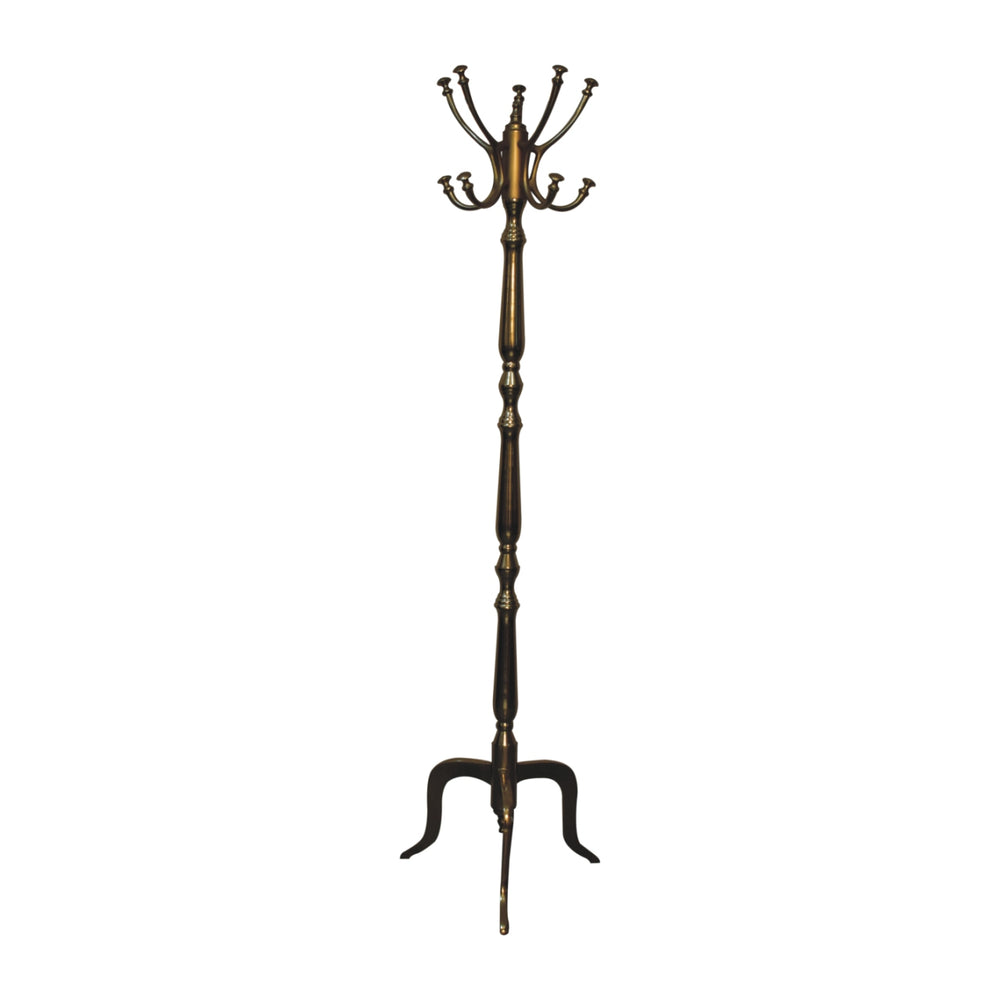

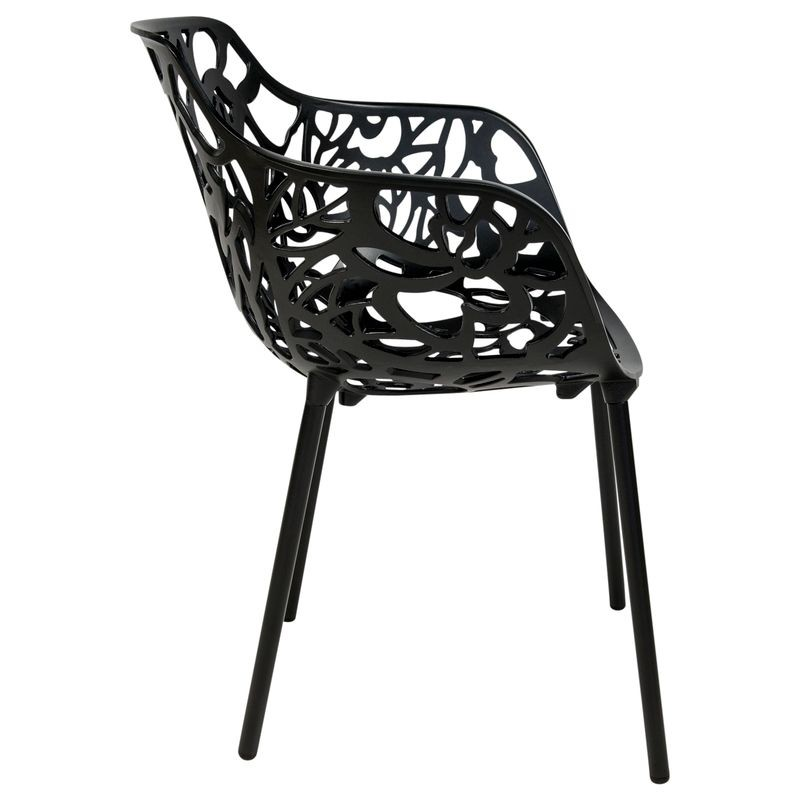



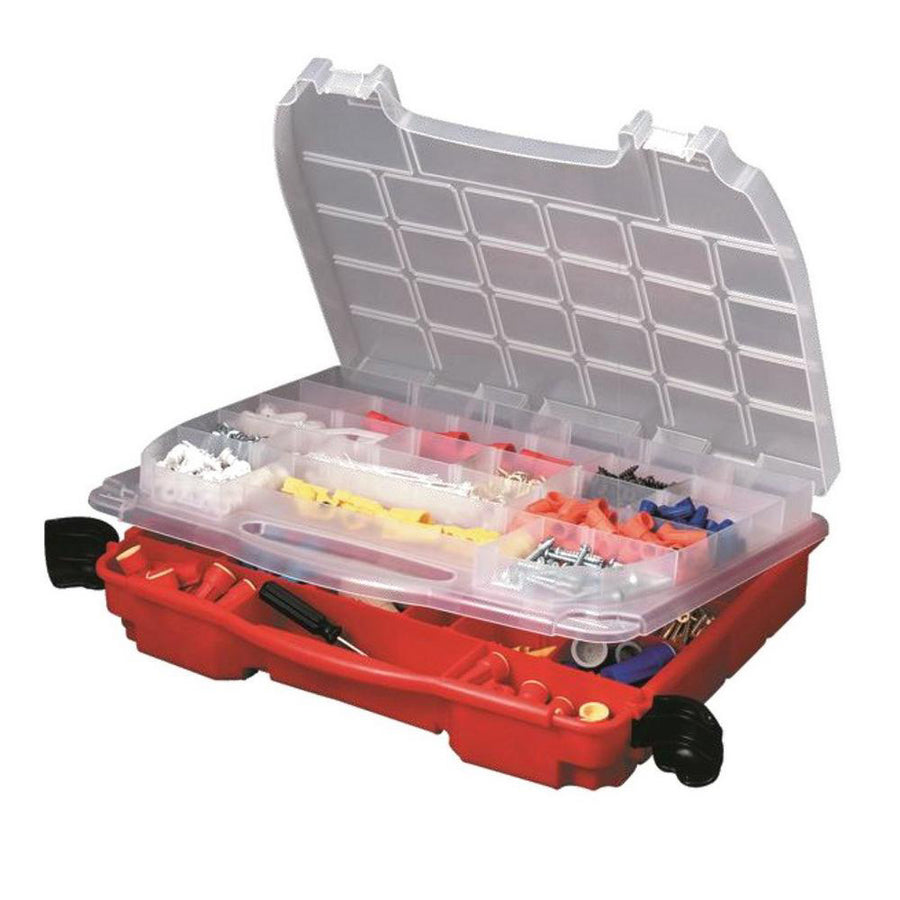
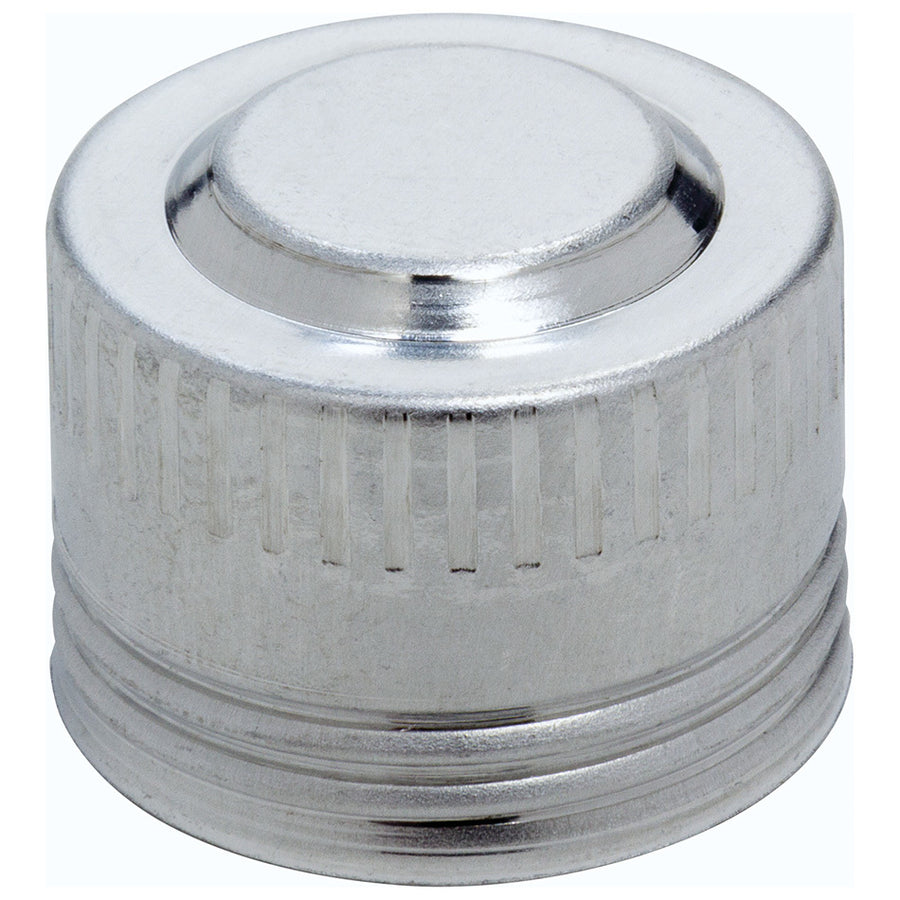


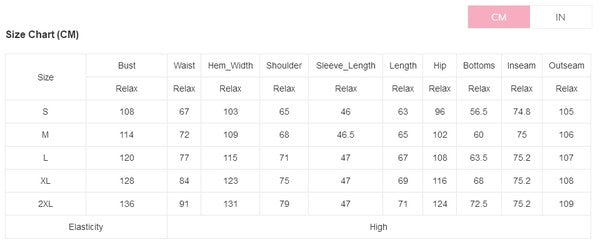






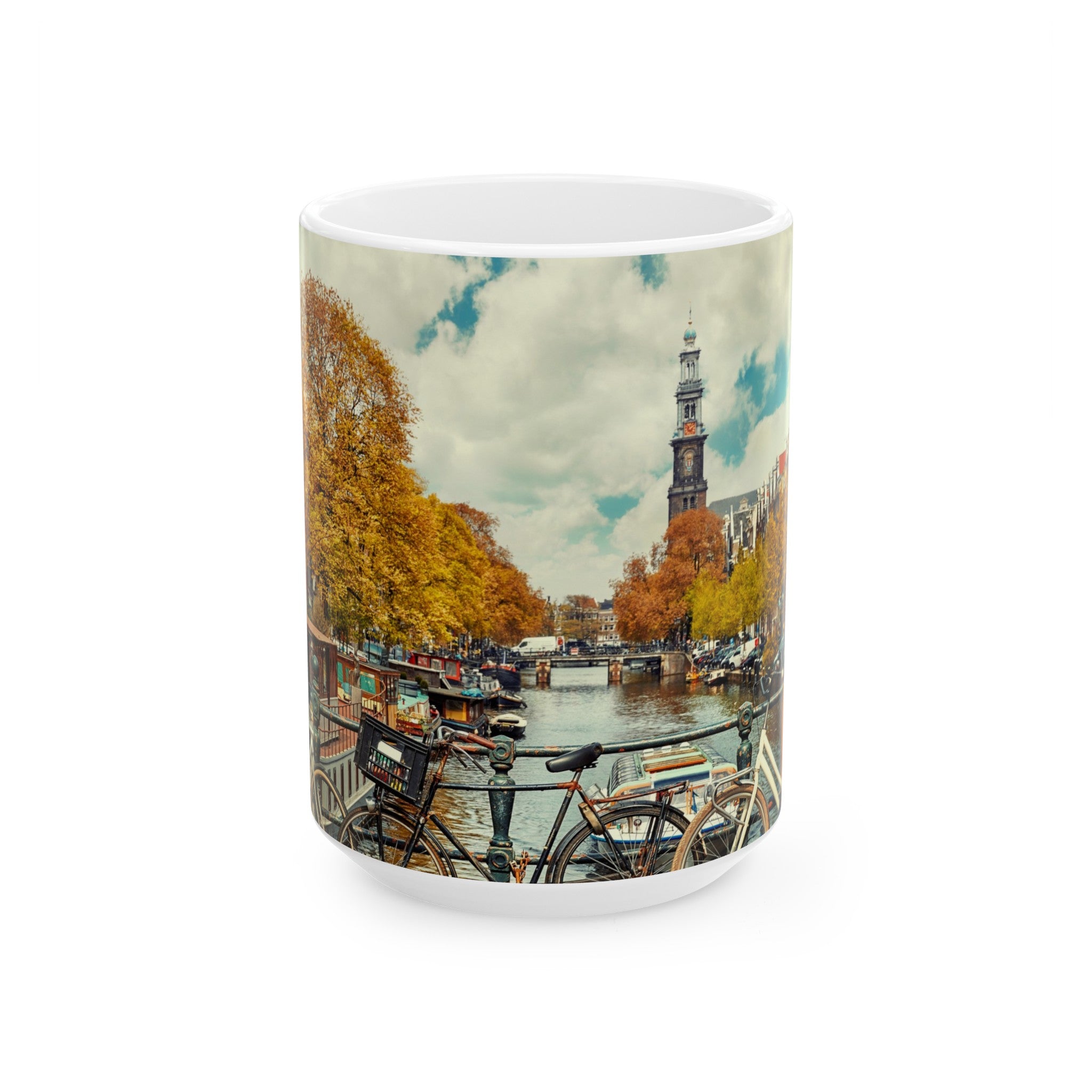



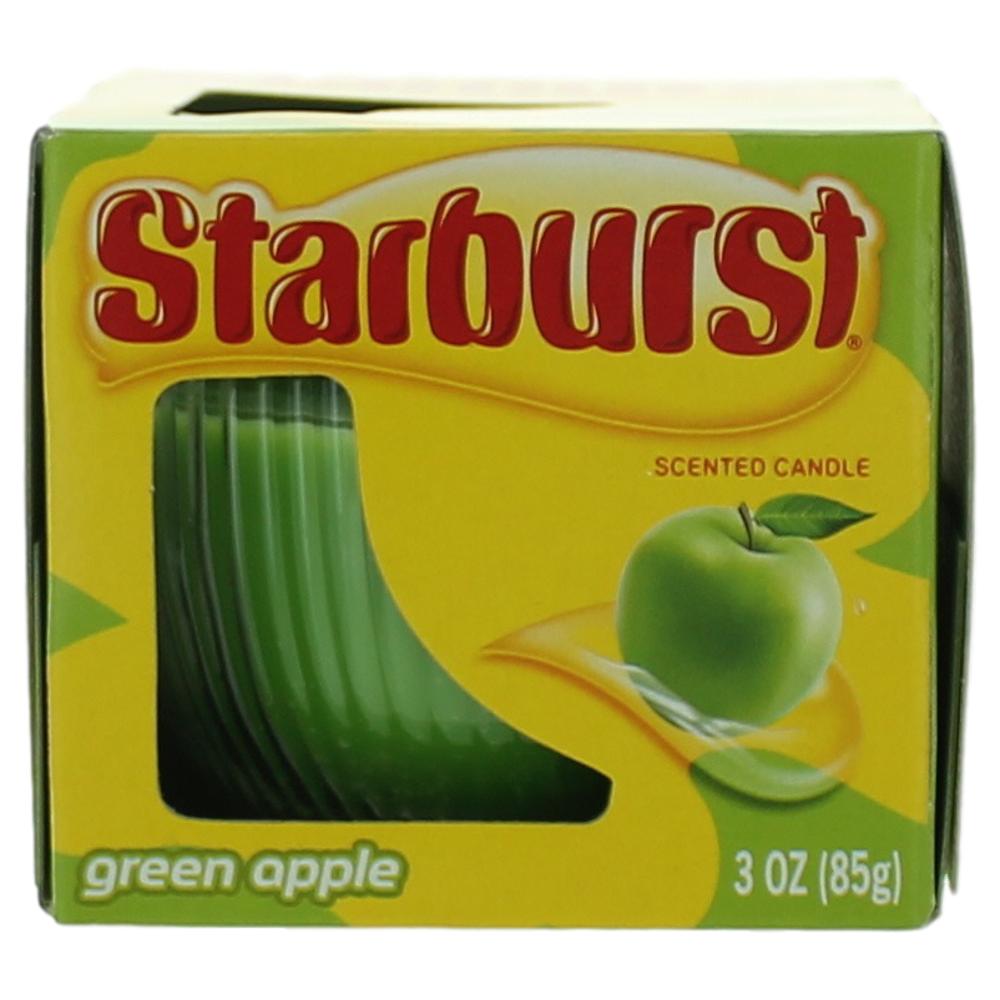


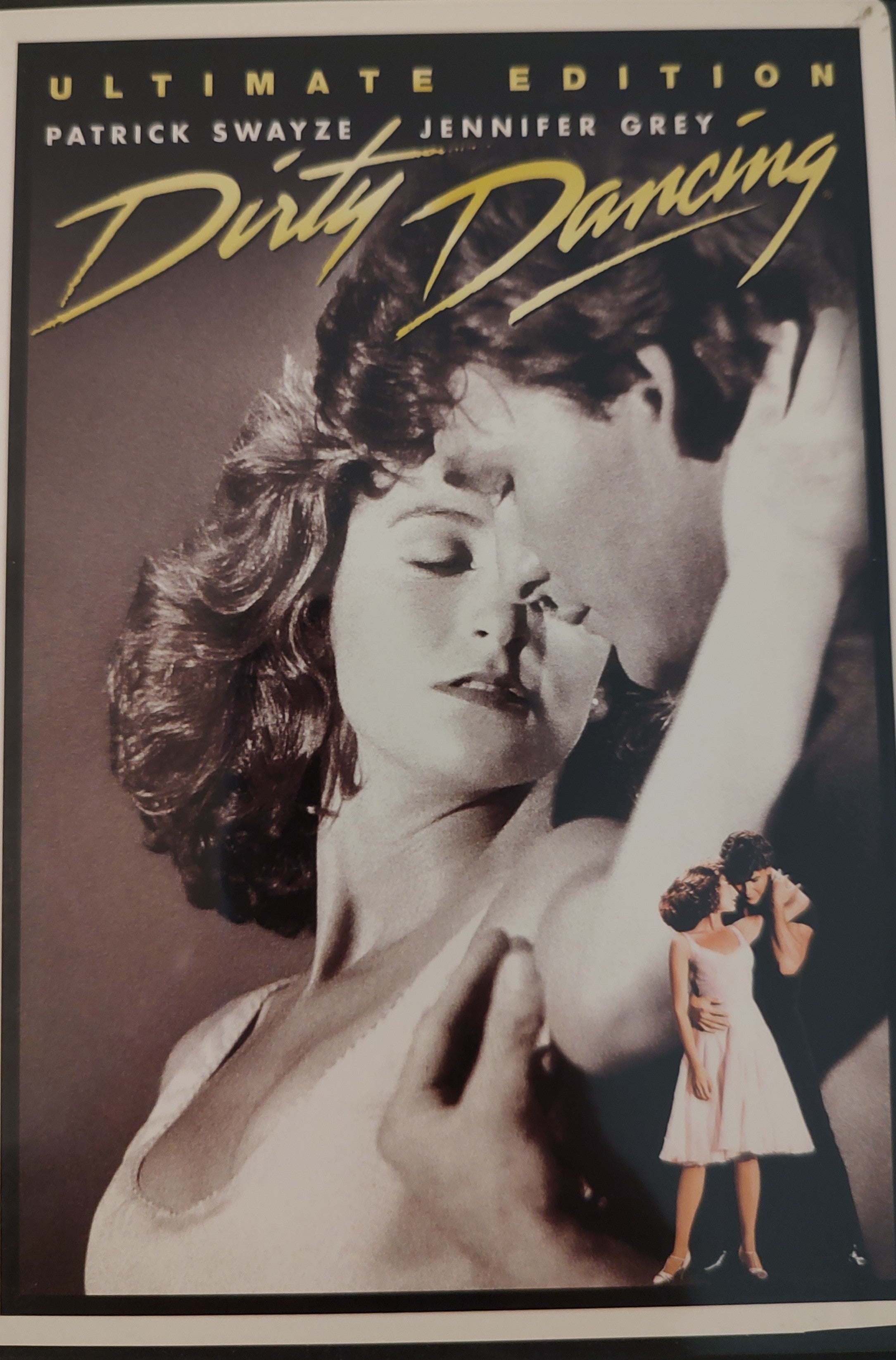
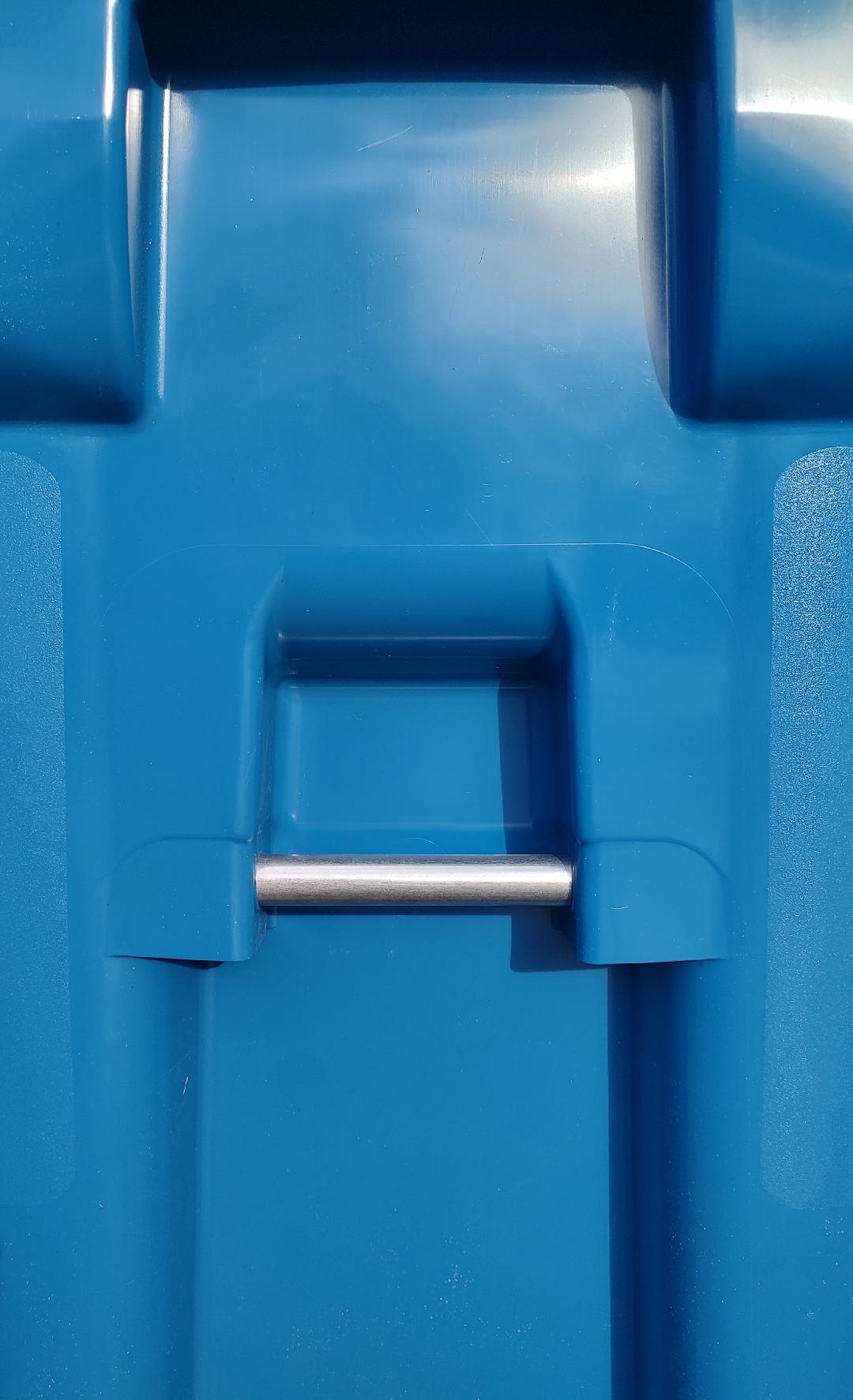

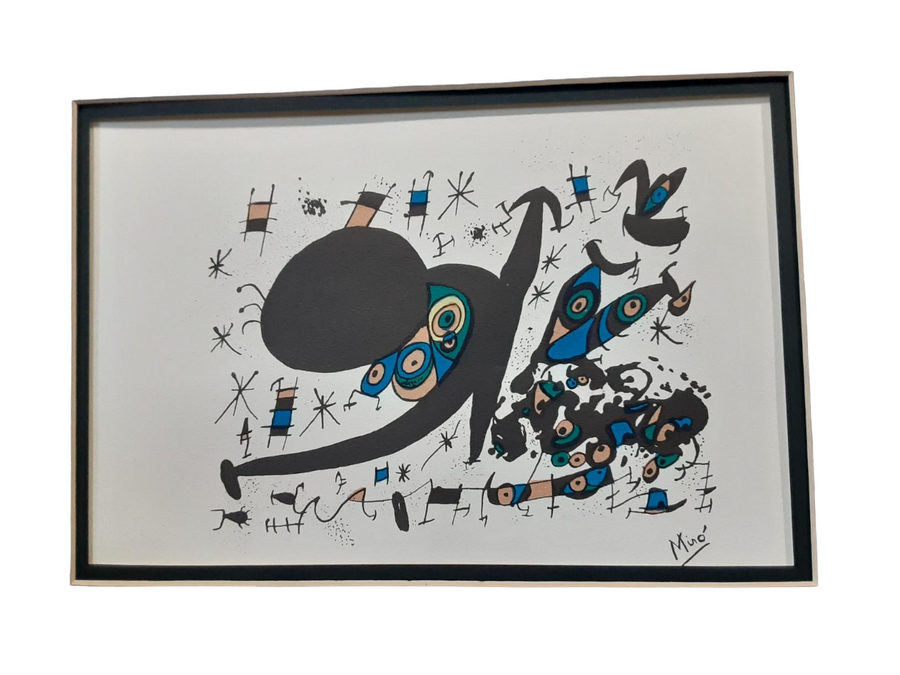


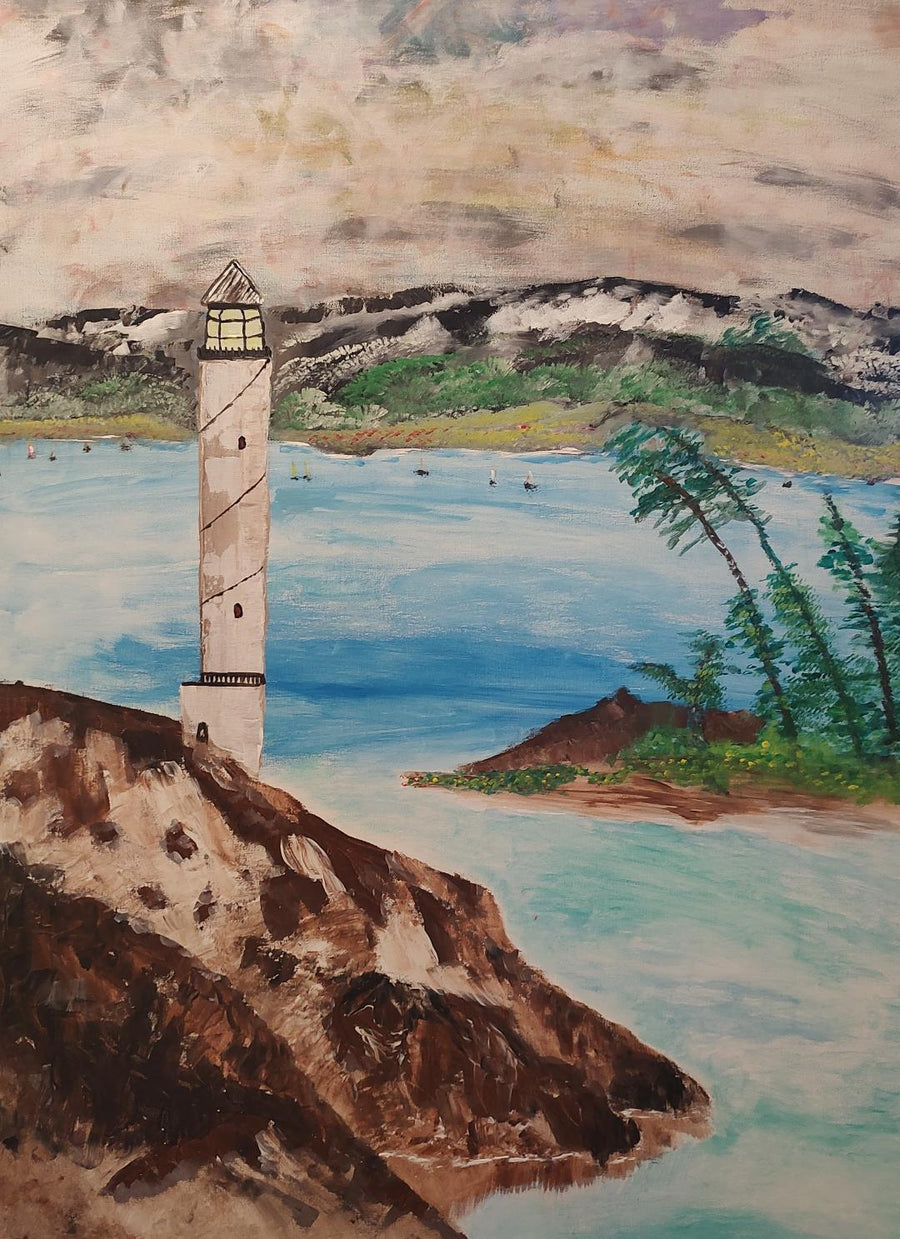

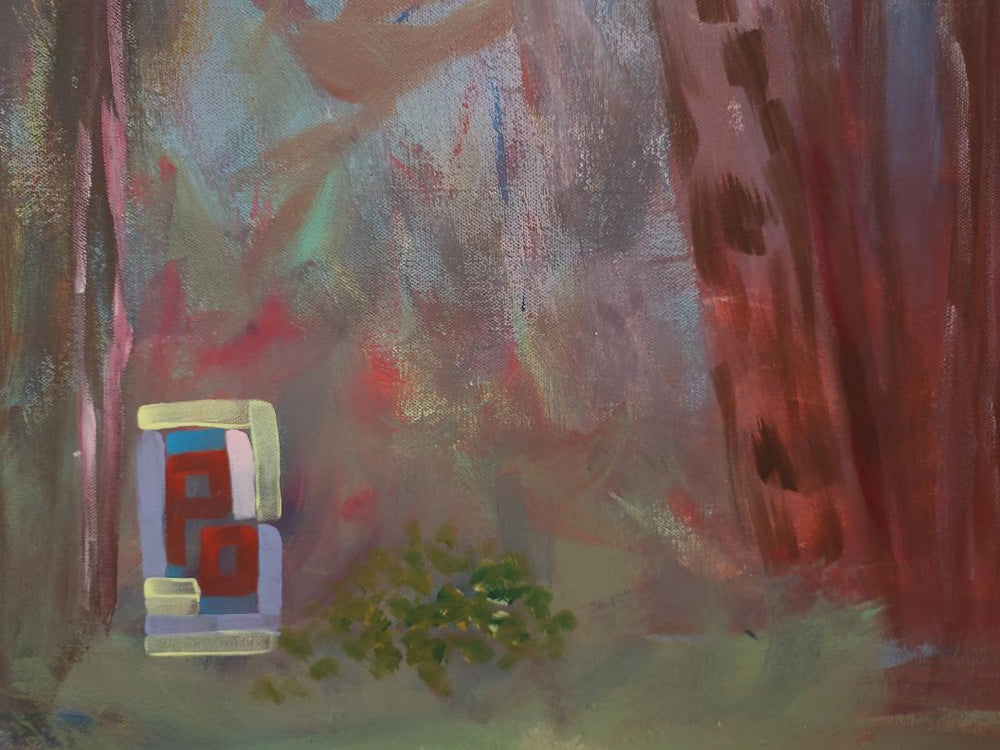
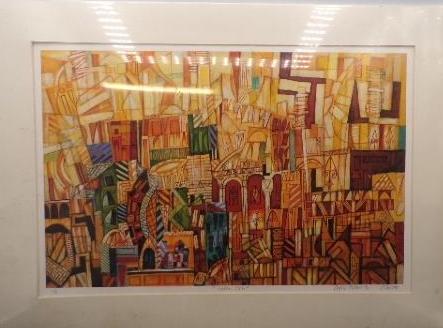


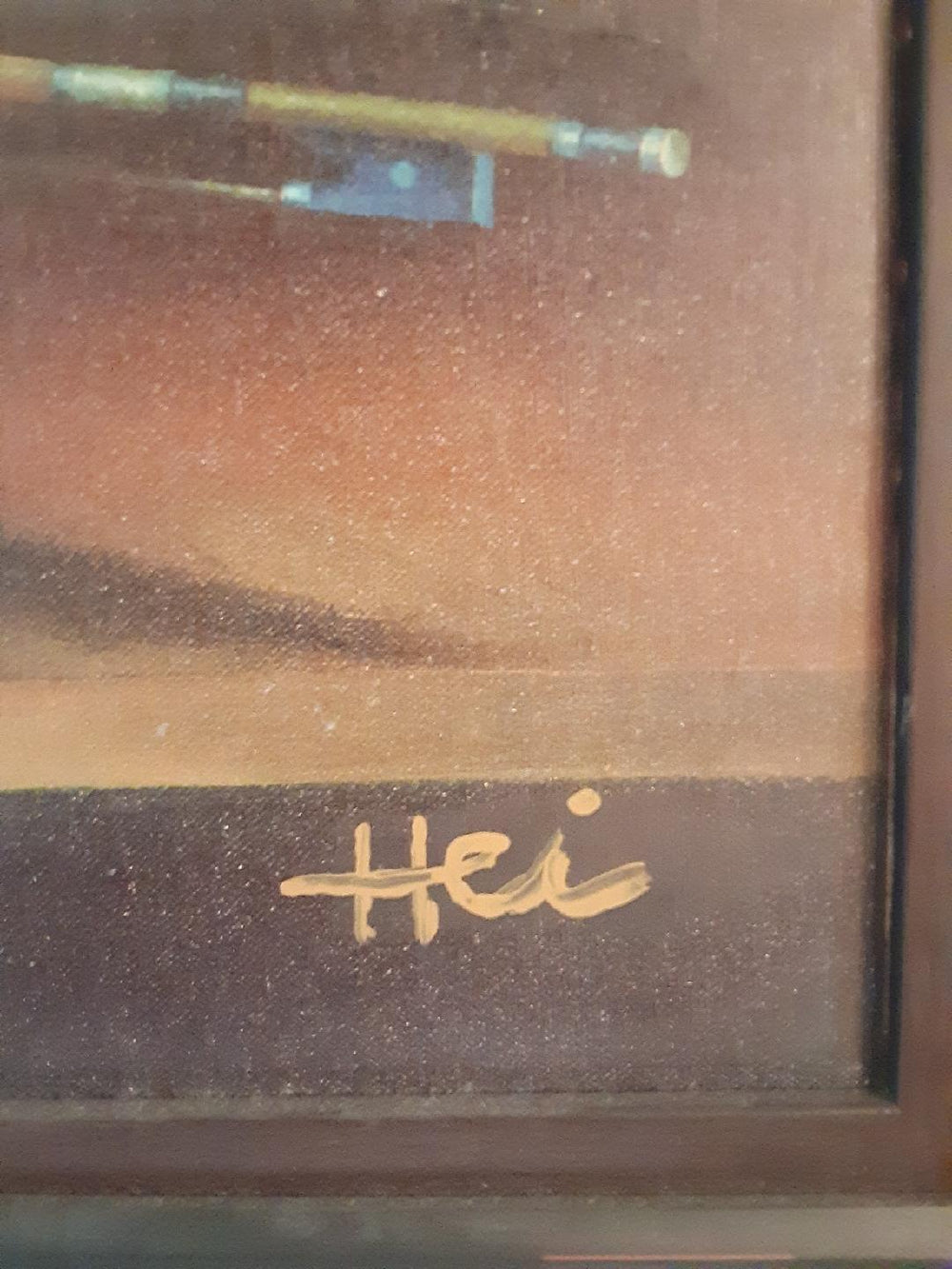
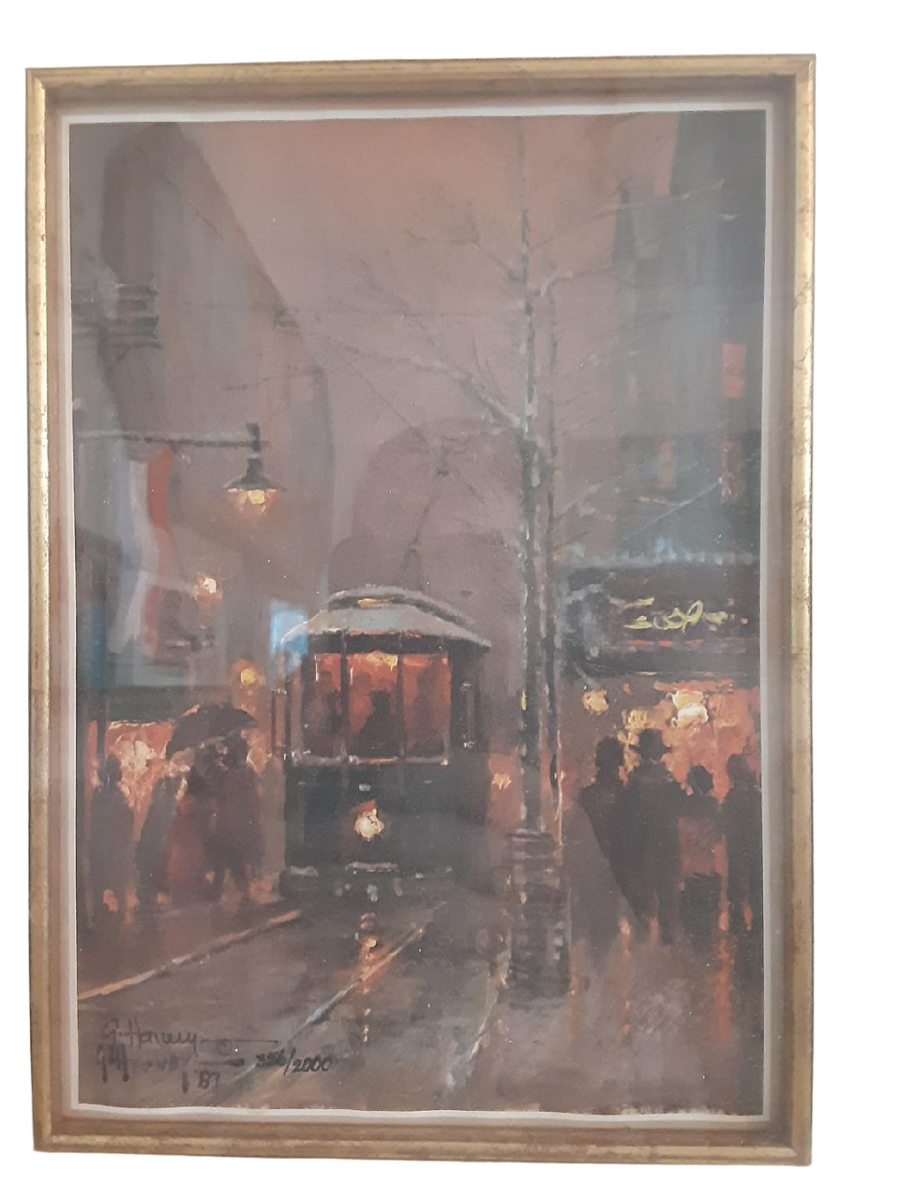
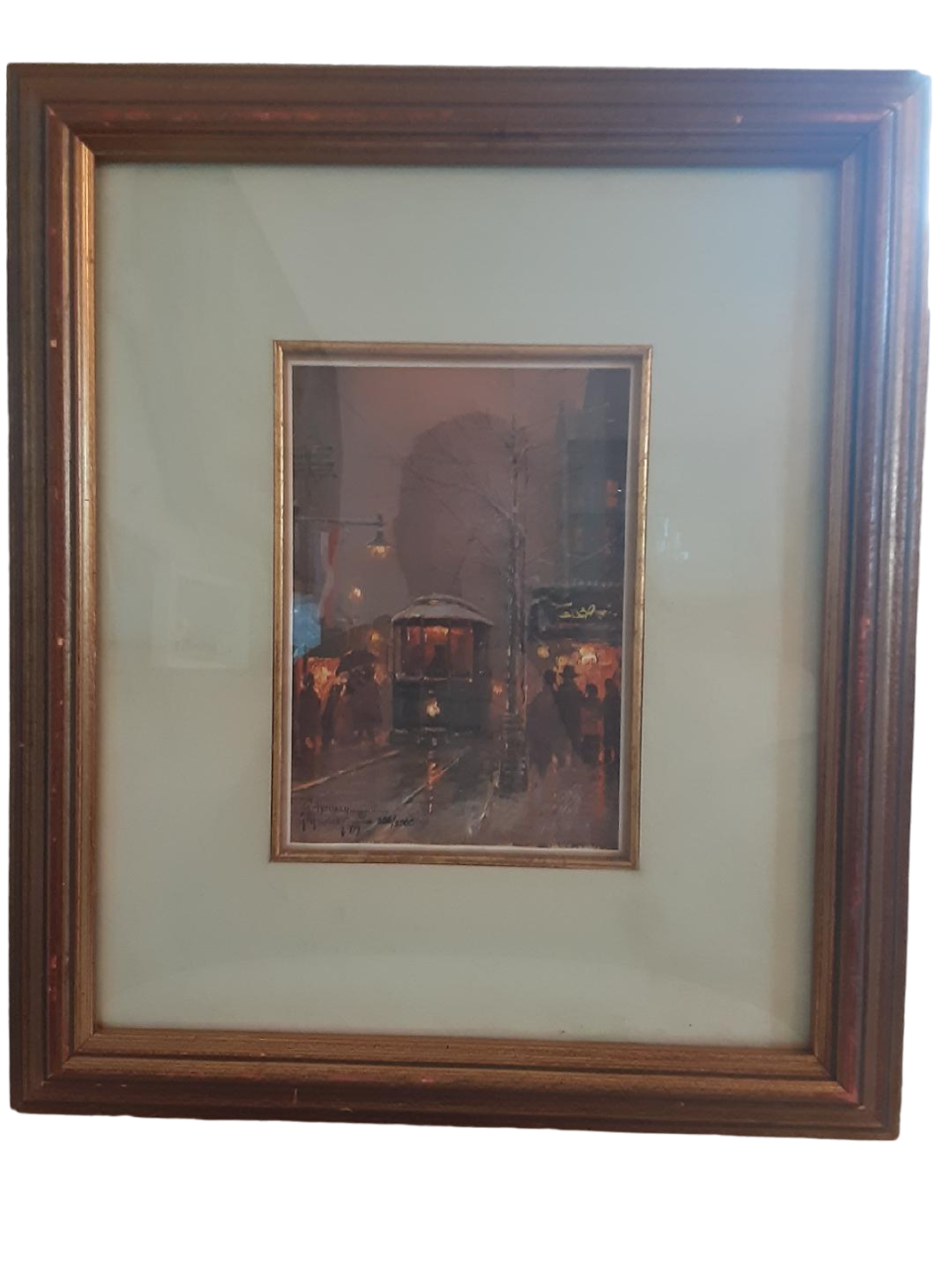
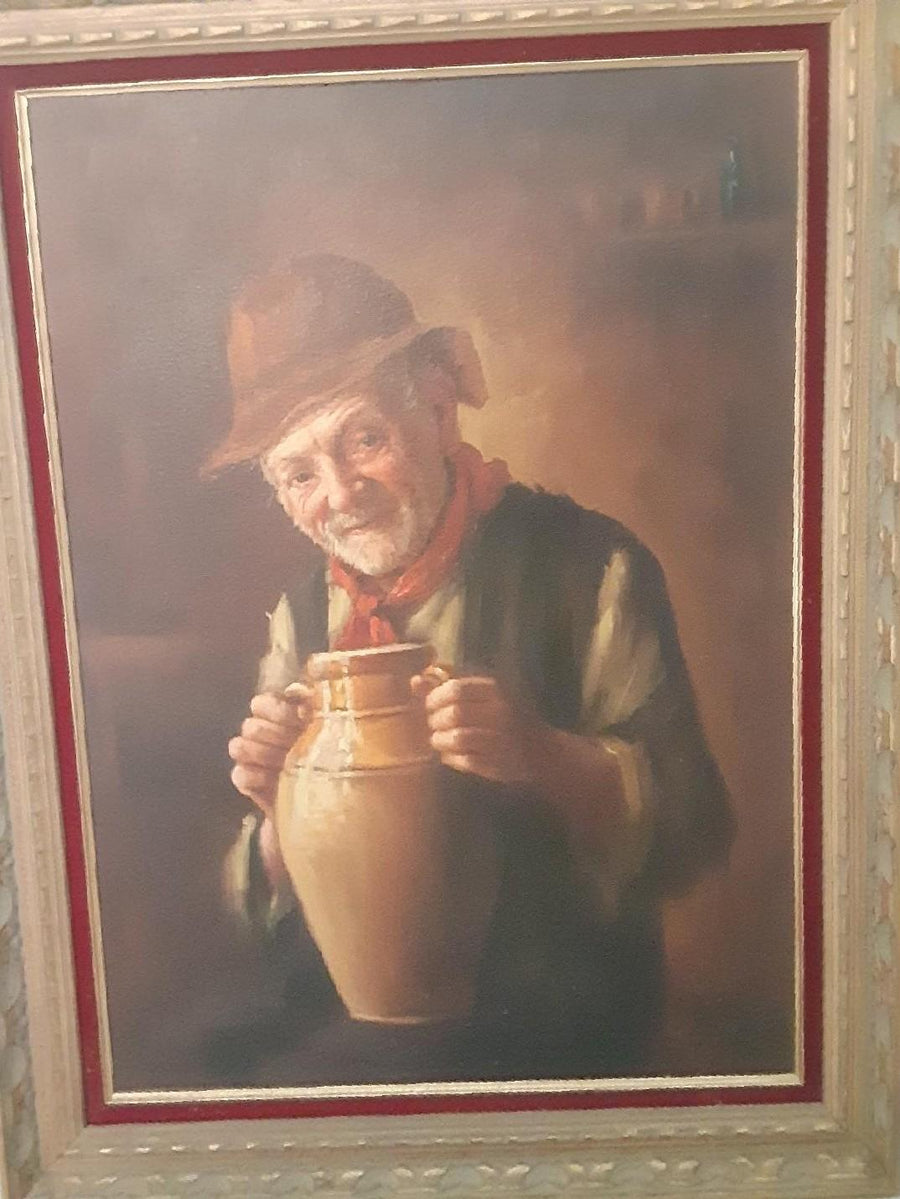

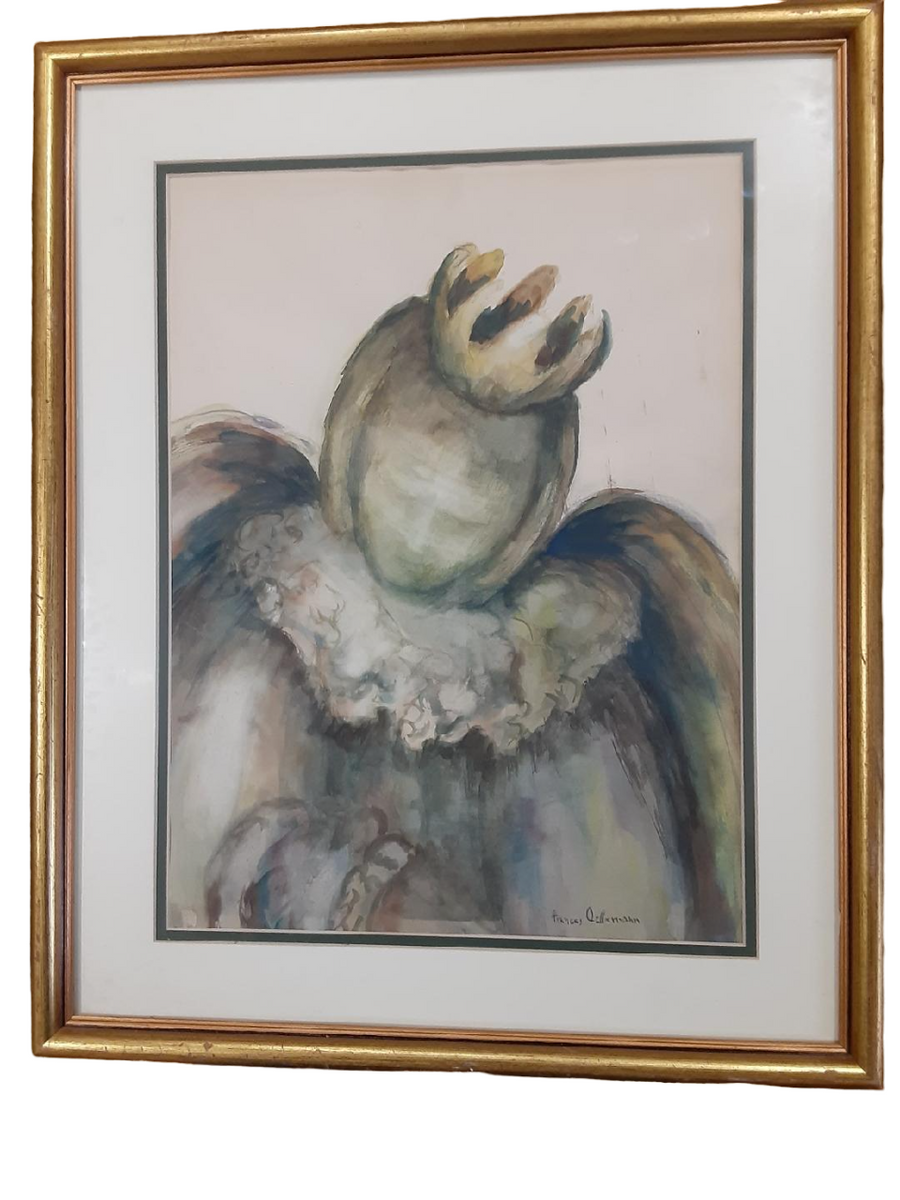
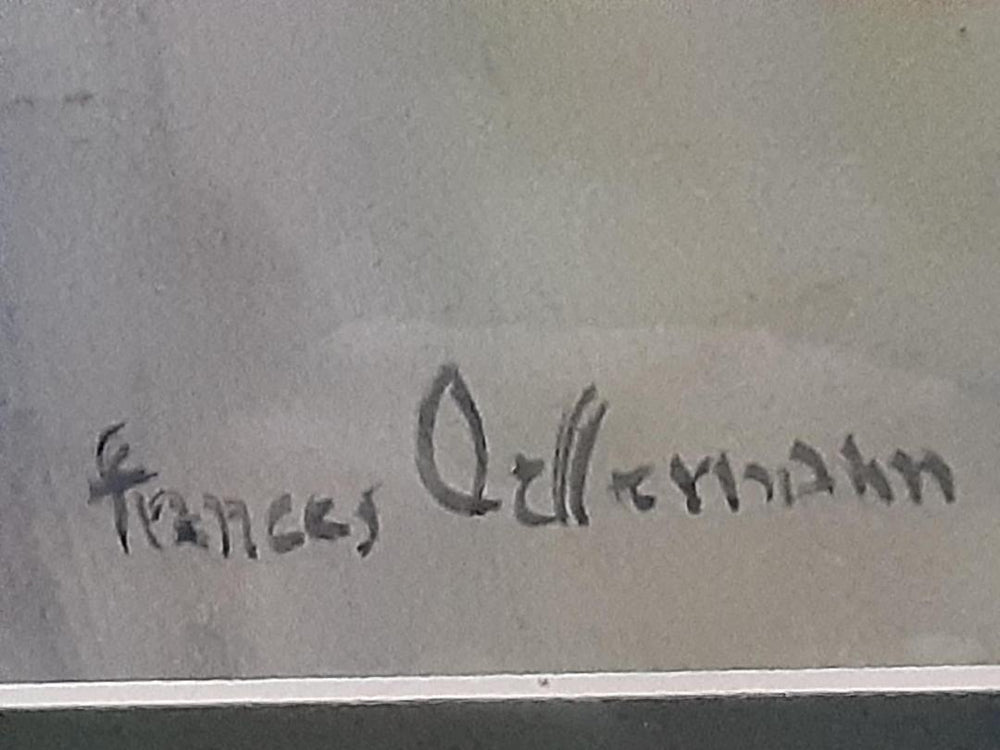


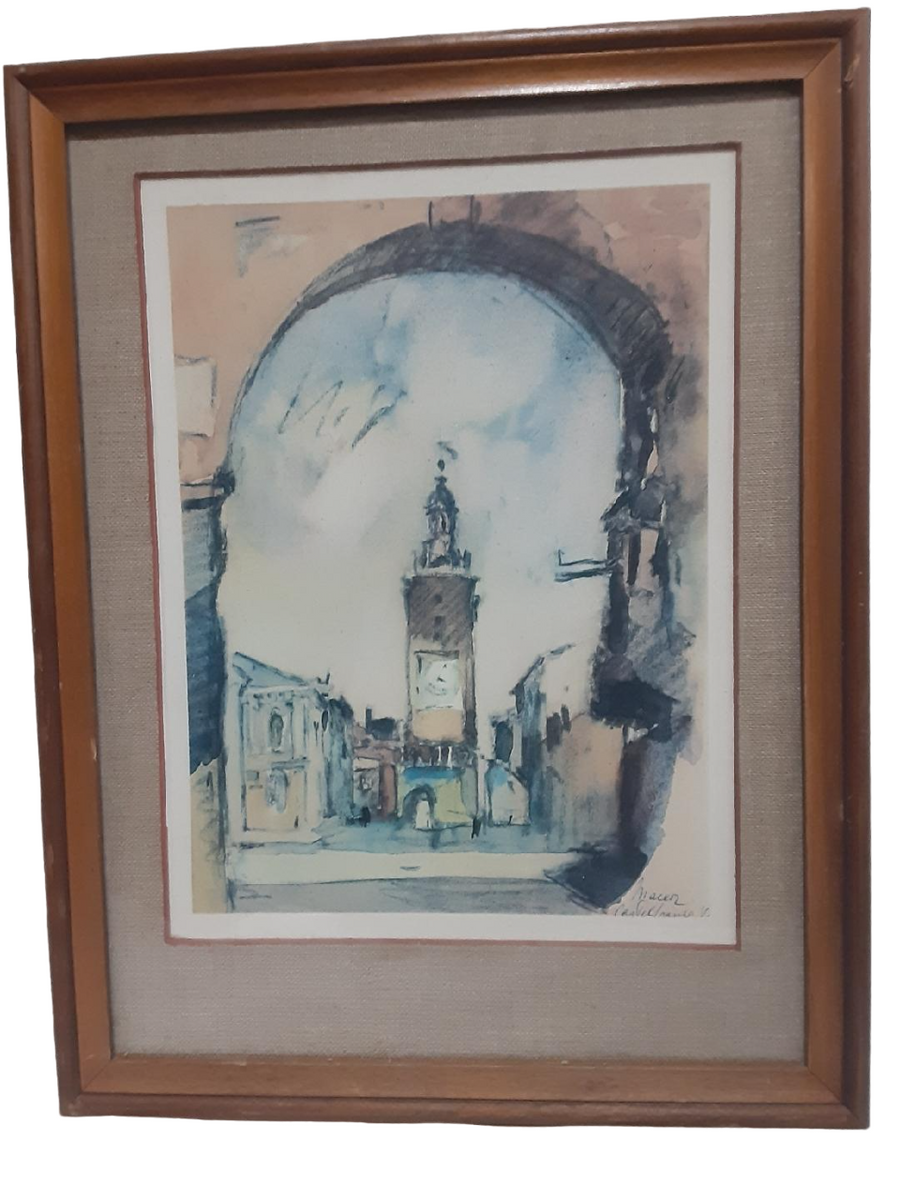

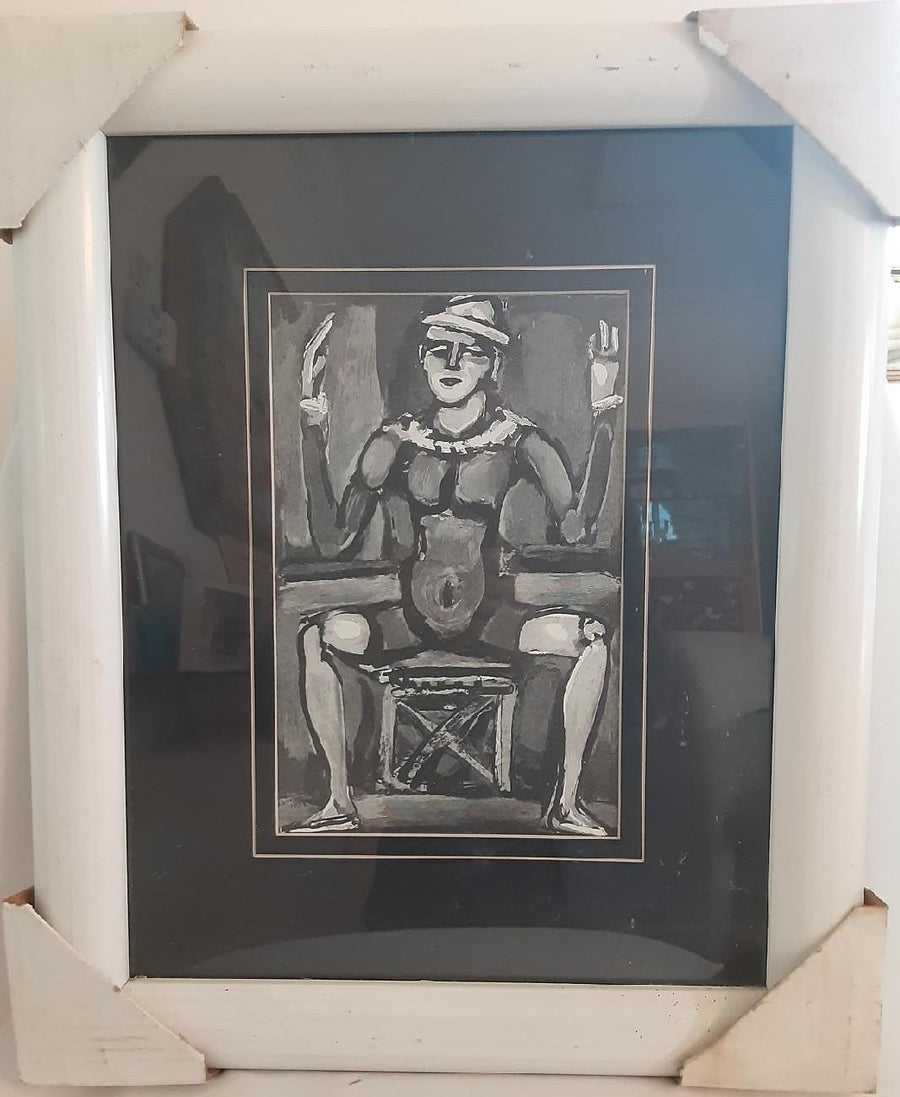
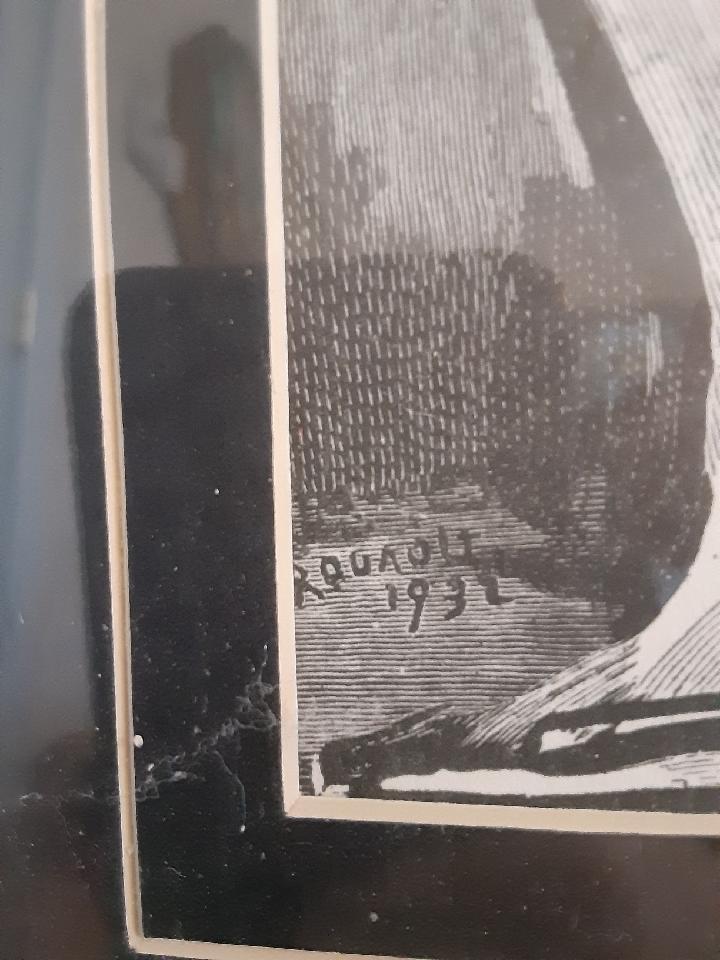
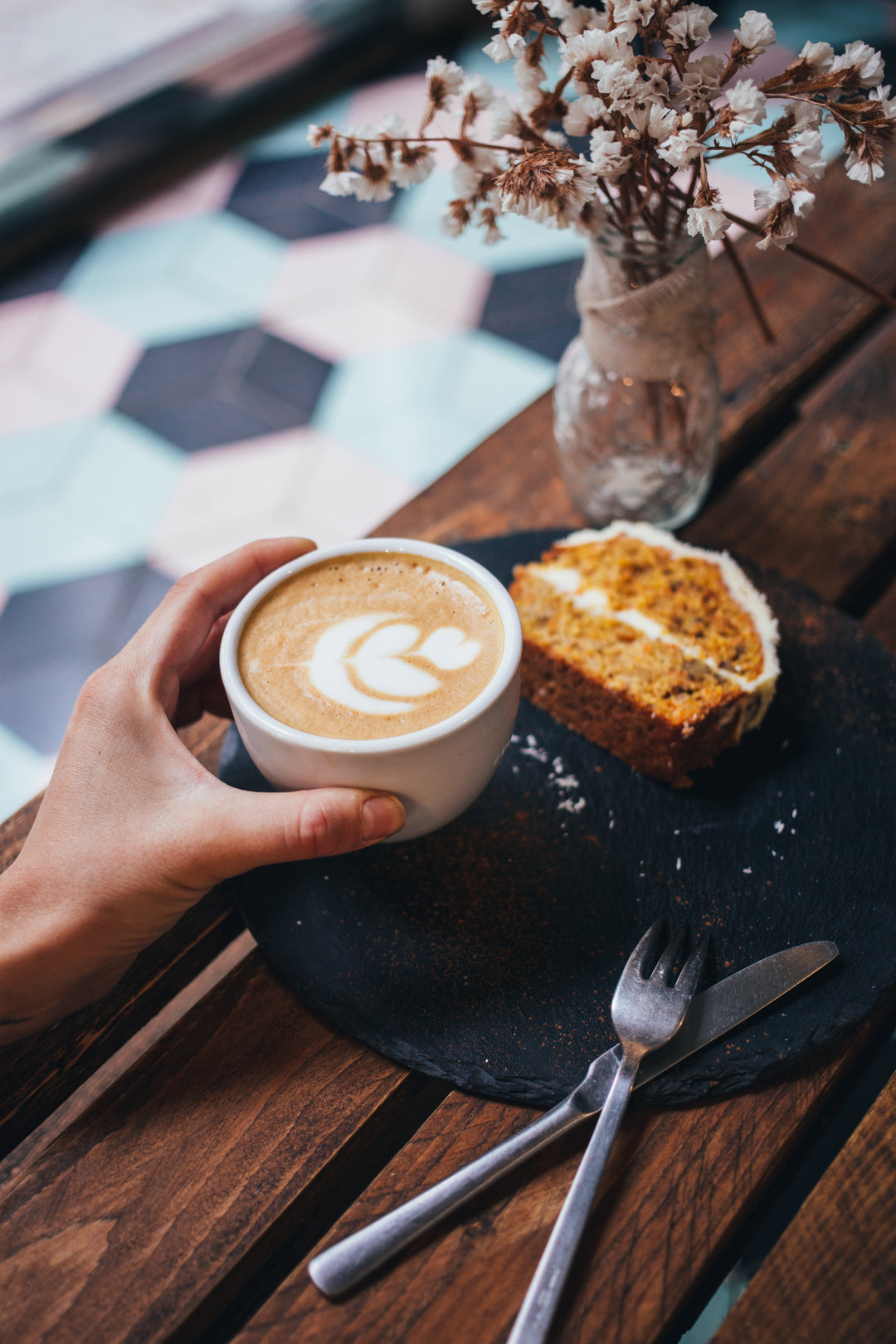


Leave a comment